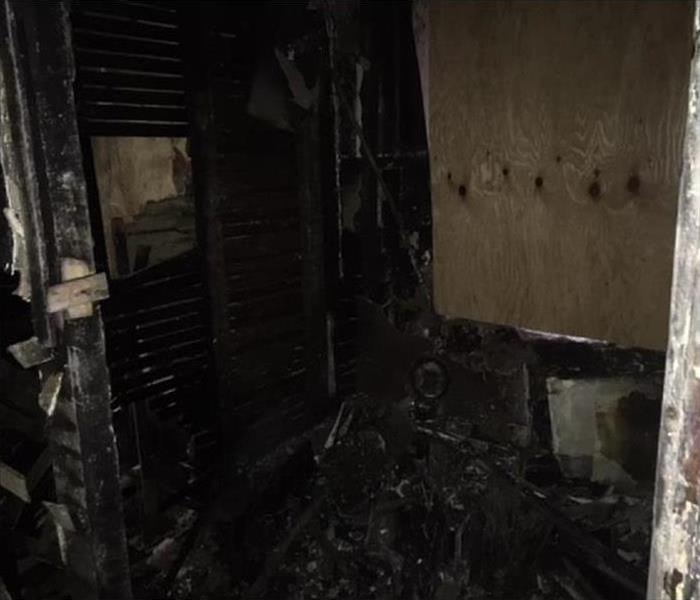What Does Emergency Board Up Involve?
11/18/2021 (Permalink)
Three Boarding Up Measures
An emergency board up is one of the first steps you should take toward mitigation after a residential fire. You can board up your home with the assistance of at least one other person, but professionals may be better able to shield a residence from secondary damage and increase the likelihood that insurance will cover your claims. Here are three boarding up measures that most mitigation services take.
1. Assessing the Damage
You won't know how many sheets of plywood or tarps you will need until you assess the damage. Look for broken windows or damaged doors, holes in the roof, or missing roofing materials. Cover all of the places that expose the interior of a structure during the boarding up process.
2. Board Up Broken Windows
A fire or suppression effort can result in broken windows. Glass expands as it heats and tends to shatter before it melts. Debris or intruders can enter the site of a fire through broken windows and intensify the fire damage and any water damage caused by suppression efforts. Use plywood to seal damaged windows or doors and restrict access until mitigation and restoration are complete.
3. Tarping Over a Leaky Roof
Tarping over a roof can prevent water from working its way into the interior of a damaged structure. Cover penetrations with plywood first to provide an additional layer of protection. The tarp should extend one inch past the edge of the roof. Use screws to secure the tarp and prevent it from blowing off before repairs are underway.
You can follow these steps yourself, but it may take two or more people to board up a structure. Keep in mind that a residence that has suffered fire damage may not be structurally sound. Protect yourself and your property by hiring a mitigation company in Palmer Township, PA to provide an emergency board up.





 24/7 Emergency Service
24/7 Emergency Service
